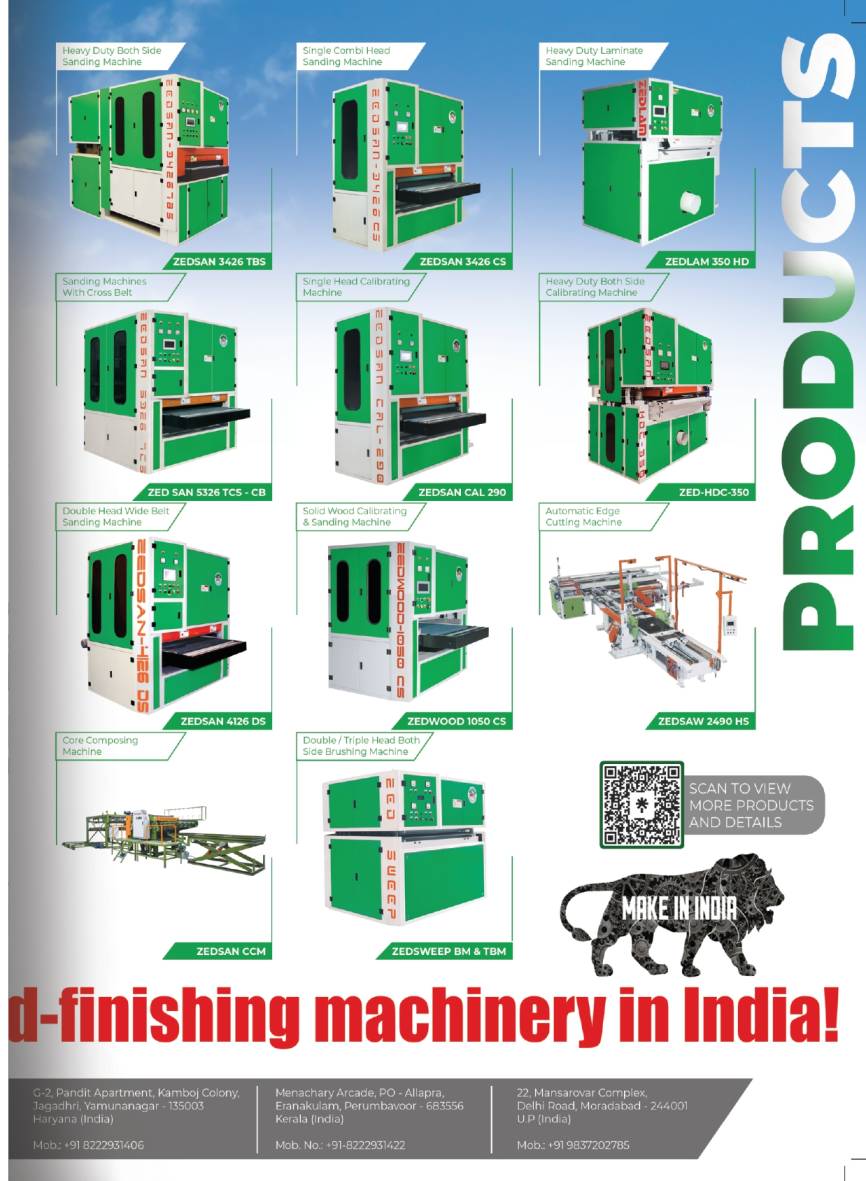
Not Complete Without Competition
- April 11, 2024
- 0
Markets are like ecosystem; competition in them is created and maintained by policy, legal and economic factors. An annual budget can be a good indicator to check the competitive pulse rate of the economy.
Competition is the life force of a market economy. As India is on its way to becoming the third-largest economy in the world, the interim budget reflects its economic aspirations. It ticked all the boxes regarding setting a broad direction, financial discipline, efficiency, inclusivity and reinforcing its pro-competition tangent.
Growth focus: The Budget Sets the tone for the management of the economy by stating that ‘the Government will adopt economic policies that foster and sustain growth, facilitate inclusive and sustainable development, improve productivity, create opportunities for all, help them enhance their capabilities, and contribute to the generation of resources to power investments and fulfil aspirations’ The pro-competition stance is evident by its emphasis on inclusive growth, opportunities for all, and aiding the ability to compete by building capabilities.
Look beyond polls: The Budget Steers clear of populism, focuses on building capabilities and lowering entry barriers with a level playing field in the market economy. To make markets work for consumers is the primary objective of competition law. The budget aims towards economic democracy and comprehensive development for all by utilising the trinity of demography, democracy and diversity, and steering the country to become a developed nation by 2047.
Small is beautiful: Previous budget have paid attention to MSMEs, but this time, an articulation on terms of ‘orienting the regulatory environment to facilitate MSMEs growth will be an important element of this policy mix’ stands out. MSMEs create new jobs, infuse market competition and make supply chains efficient. The health of MSMEs and the rate of new entry in a market can be very accurate barometers to gauge the market economy’s state.
Mandi goes digital: Farm output has traditionally been sold in ‘mandis’ regulated under state-specific APMC laws. E-NAM changed the market design by integrating fragmented markets and enabling transparent transactions by creating a portal. Since its launch in 2016, 1,361 mandis under e-NAM have been integrated. This portal solves major problems like limited market access for small farmers, lack of market information, fragmentation of markets, etc. Benefits from e-NAM include accessibility of farmers to a common market, real-time price discovery, transparency in the system, etc. e-NAM aims to integrate all agriculture markets of the country through the NAM portal.
Core strengthening Suboptimal outcomes in manufacturing sectors have caused academic and policy deliberations during the last three decades. While initial results in mobile manufacturing in the previous three years are encouraging, we are yet to decode the manufacturing competitiveness puzzle.































































